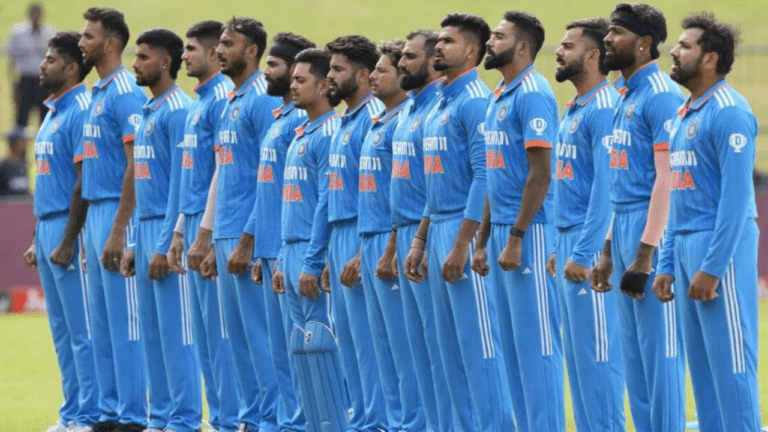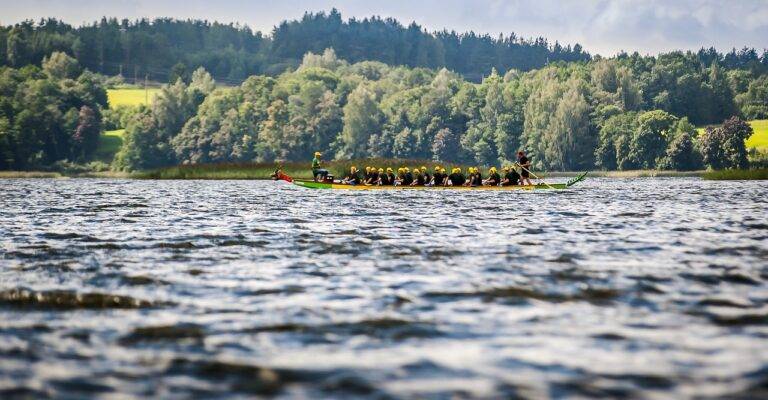IPL and Cricketing Traditions: Balancing Modernity with Heritage
Gold365, Play99exch: Cricket is a sport with a rich and storied history that can be traced back to the late 16th century in England. Initially, it was predominantly a leisurely pastime for the English elite, but over time, it evolved to become a highly competitive and globally popular sport. The rules and format of the game underwent several changes during its early years, slowly shaping cricket into the organized and structured sport that it is today.
As cricket gained popularity in England, it also began spreading to other parts of the British Empire, with matches being played in countries such as India, Australia, and the West Indies. This expansion of cricket fueled its growth and led to the establishment of international competitions, such as the Ashes series between England and Australia, which further cemented the sport’s place in the global sporting arena. Additionally, the evolution of cricket saw the development of different formats of the game, including Test matches, One Day Internationals (ODIs), and the fast-paced Twenty20 format, catering to diverse audiences and playing styles.
Impact of IPL on Traditional Cricketing Practices
The advent of the Indian Premier League (IPL) has brought about significant changes in traditional cricketing practices. In the IPL, the shorter format of the game coupled with the fast-paced nature has altered the approach to batting, bowling, and fielding techniques. This has led to a greater emphasis on power-hitting, innovative bowling strategies, and dynamic field placements, which have influenced the way the sport is played across all formats.
Furthermore, the commercialization of cricket through the IPL has revolutionized the sport, with players now having the opportunity to earn significant incomes through sponsorships, endorsements, and player fees. This has led to a shift in priorities for many cricketers, with financial gains sometimes taking precedence over national team performances. Consequently, the IPL has not only impacted the game on the field but has also influenced the off-field dynamics of cricket, changing the traditional approach to the sport.
What is the historical evolution of cricket?
Cricket originated in England in the late 16th century and has evolved over the years to become a popular sport played in many countries around the world.
How has the IPL impacted traditional cricketing practices?
The IPL has brought about significant changes in traditional cricketing practices by introducing new formats, promoting aggressive gameplay, and attracting a wider audience.
What are some of the key differences between traditional cricket and IPL?
Traditional cricket is played in longer formats such as Test matches and One Day Internationals, while the IPL is played in a shorter format known as Twenty20 cricket. The IPL also features franchise teams with players from different countries, unlike traditional cricket which is played between national teams.
Has the IPL influenced the way cricket is played at the international level?
Yes, the IPL has had a significant impact on international cricket by influencing tactics, player selection, and overall approach to the game.
Are there any drawbacks to the influence of the IPL on traditional cricketing practices?
While the IPL has brought about innovation and excitement to the game, some critics argue that it has led to a decline in the popularity of traditional formats like Test cricket.
How can traditional cricketing practices adapt to the changing landscape influenced by the IPL?
Traditional cricket can adapt by embracing new technologies, promoting youth development programs, and finding a balance between traditional values and modern trends in the game.







